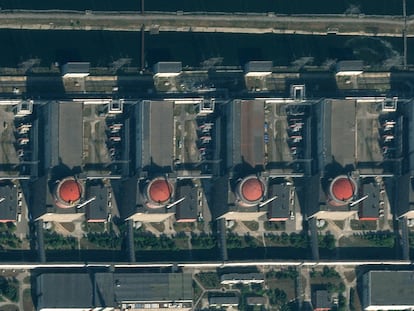A visual tour of Chernobyl: A disaster of biblical proportions, now compounded by war
Photographer Pierpaolo Mittica has been travelling regularly to the city since 2002. He is now publishing his second book on life after the 1986 accident at the Ukrainian nuclear power plant, and regrets that the war has slowed the recovery of the town and the territory

Chernobyl is a cursed word, one that is repeated when one is talking about disasters of (almost) biblical proportions that have been burned into the memory of humanity. Photographer Pierpaolo Mittica has published a book (Chernobyl, GOST Books) that is a testament to the communities that either live in in or pass through the exclusion zone, an area of about 2,600 square kilometers (1,000 sq mi) around the site of the 1986 nuclear accident.
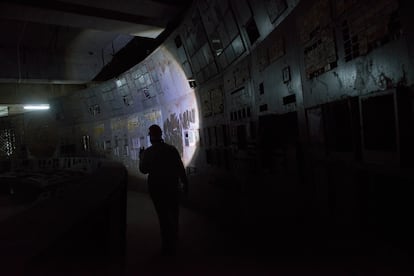
“Most of the radiation-affected children I photographed on my first visits are no longer alive. I would like this book to be a memory of that place and of those people,” says Mittica, speaking of a place he first visited in 2002 and to which he has returned on numerous occasions. The photographs in the book span six years and include images of people who returned to their villages after being forcibly evacuated following the disaster — some 4,000 are believed to be currently living in Chernobyl — operators of the reactors that have not yet been dismantled, military personnel patrolling the area, and scientists studying the impact of the disaster.
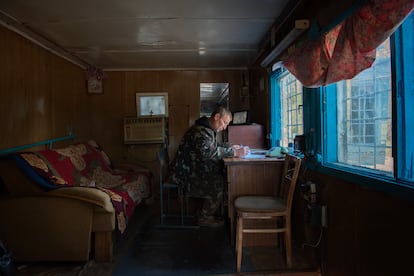
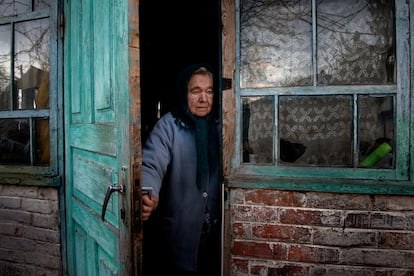
Following the Russian invasion of Ukraine, much of the exclusion zone has been mined. No one is allowed to enter it. “Despite being one of the most contaminated places on Earth, the Chernobyl dead zone was full of life before the war,” Mittica concludes.
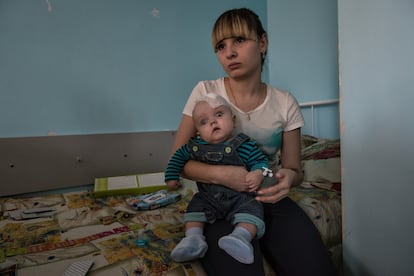
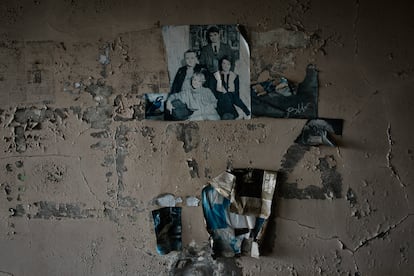
Sign up for our weekly newsletter to get more English-language news coverage from EL PAÍS USA Edition
Tu suscripción se está usando en otro dispositivo
¿Quieres añadir otro usuario a tu suscripción?
Si continúas leyendo en este dispositivo, no se podrá leer en el otro.
FlechaTu suscripción se está usando en otro dispositivo y solo puedes acceder a EL PAÍS desde un dispositivo a la vez.
Si quieres compartir tu cuenta, cambia tu suscripción a la modalidad Premium, así podrás añadir otro usuario. Cada uno accederá con su propia cuenta de email, lo que os permitirá personalizar vuestra experiencia en EL PAÍS.
¿Tienes una suscripción de empresa? Accede aquí para contratar más cuentas.
En el caso de no saber quién está usando tu cuenta, te recomendamos cambiar tu contraseña aquí.
Si decides continuar compartiendo tu cuenta, este mensaje se mostrará en tu dispositivo y en el de la otra persona que está usando tu cuenta de forma indefinida, afectando a tu experiencia de lectura. Puedes consultar aquí los términos y condiciones de la suscripción digital.
More information
Archived In
Últimas noticias
Chris Martin, Taylor Swift, Elijah Wood and other famous wedding ‘crashers’
‘How does it feel to be a failure?’: Elizabeth Berkley’s journey from ‘Showgirls’ ridicule to vindication
The story of the Málaga virus: The code that haunted Google’s cybersecurity center director for 30 years
The impact of Ecuador’s mega-prison: A polluted river, cleared forests and military checkpoints
Most viewed
- Christian Louboutin: ‘Young people don’t want to be like their parents. And if their parents wear sneakers, they’re going to look for something else’
- The low-cost creative revolution: How technology is making art accessible to everyone
- All the effects of gentrification in one corner of Mexico’s Colonia Roma
- Liset Menéndez de la Prida, neuroscientist: ‘It’s not normal to constantly seek pleasure; it’s important to be bored, to be calm’
- December Social Security and SSI payments: Dates, double checks and the 2026 COLA increase


